Are you an animal lover looking to explore the best animal museums in Thuringia? Here are your best options:

Ernst-Haeckel-Haus
JenaThe Ernst-Haeckel-Haus in Jena is a museum dedicated to the life and work of Ernst Haeckel, a renowned zoologist, philosopher, and Darwinist. The museum is part of the Friedrich-Schiller-University Jena and is located in Haeckel's former residence. It serves as a tribute to Haeckel's significant contributions to the field of zoology and his influence on Darwinism.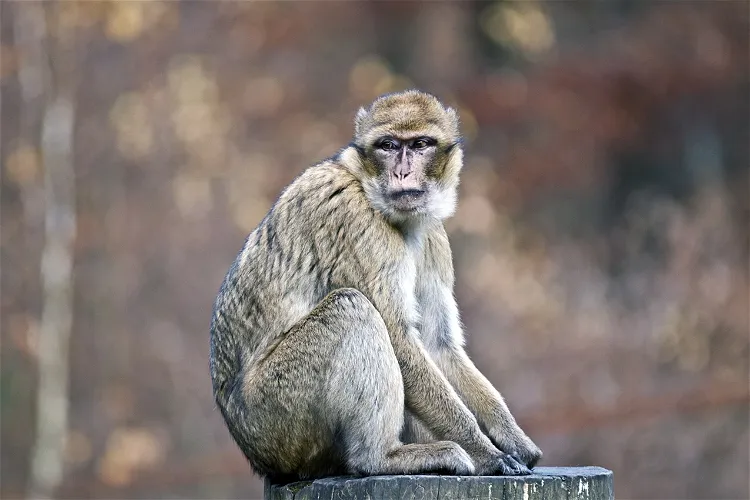
Tierpark Gera
GeraThe Thüringer Waldzoo Gera is home to a diverse range of wildlife, with nearly 900 animals from about 76 different species. Most of these species are native to the northern hemisphere, providing visitors with a unique opportunity to learn about and interact with animals they may not encounter elsewhere. From deer and bison to yaks and reindeer, the zoo offers a rich and varied animal experience.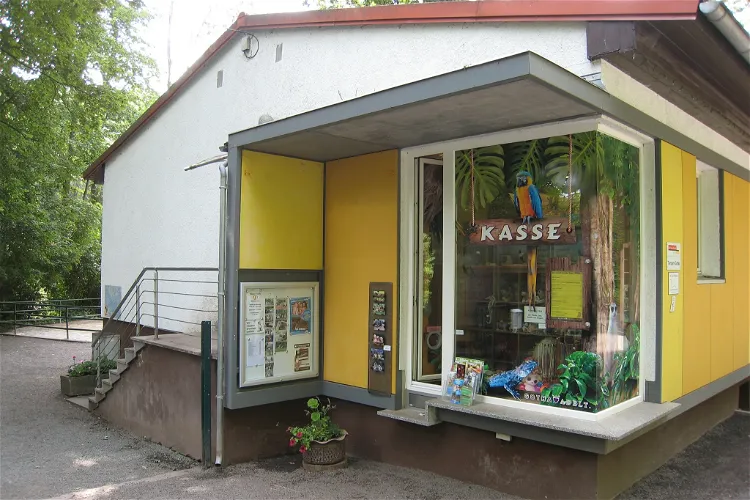
Tierpark Gotha
GothaTierpark Gotha is a small zoo nestled at the foot of the Kleinen Seeberg in the city of Gotha. It spans an area of approximately 6 hectares, providing ample space for visitors to explore and enjoy the diverse range of animals housed within its premises.
Inselzoo Altenburg
AltenburgInselzoo Altenburg is a unique zoo in Germany as it is the only one located on an island. The island is situated in the middle of the Großer Teich, a large pond, at the southern edge of Altenburg's old town. This unique location adds to the charm and appeal of the zoo, making it a distinctive destination for tourists.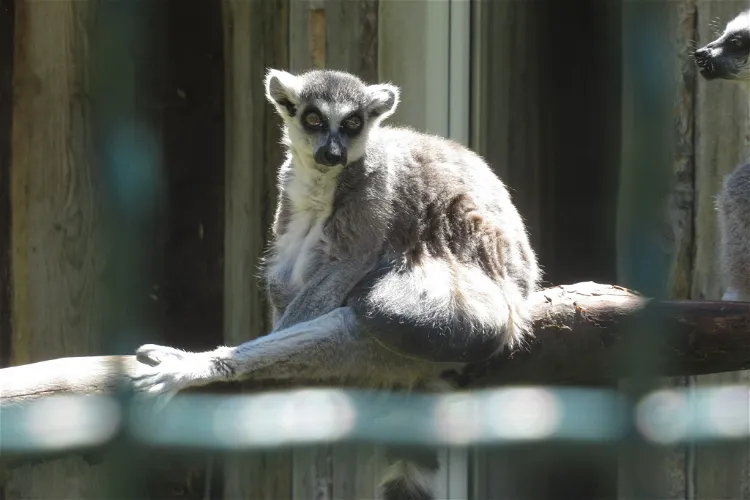
Tierpark Bad Liebenstein
Bad LiebensteinThe Tierpark Bad Liebenstein is a quaint zoo nestled at the foot of the Burgberg in the southern Thuringian town of Bad Liebenstein. This location offers a unique blend of natural beauty and wildlife, making it an ideal destination for nature lovers and families alike.
Phyletic Museum Jena
JenaThe Phyletic Museum in Jena, founded by Ernst Haeckel, is a unique institution dedicated to the study of phylogenesis. This museum offers a deep dive into the evolutionary history of multicellular animals, including humans. It's a place where science and art meet, aiming to convey the development of life through its exhibits.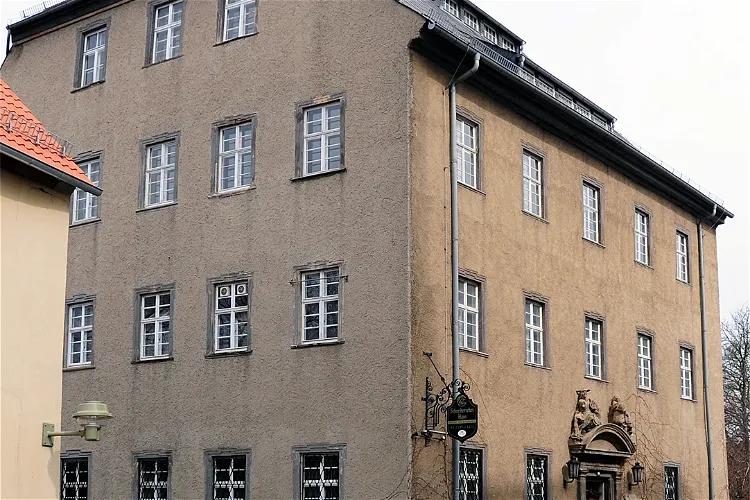
Museum für Naturkunde
GeraThe Museum für Naturkunde in Gera is one of the four city museums. It is situated in the Schreibersches Haus on the Nicolaiberg in the eastern part of the old town, adjacent to the Salvatorkirche. This location is steeped in history and offers a unique setting for the museum.
Mauritianum
AltenburgThe Mauritianum is a natural history museum situated in Altenburg, Thuringia. It is a place where visitors can explore a wide range of natural history exhibits. The museum is named after Prince Moritz of Saxony-Altenburg, the president of the Natural Research Society of Osterland who passed away in 1907.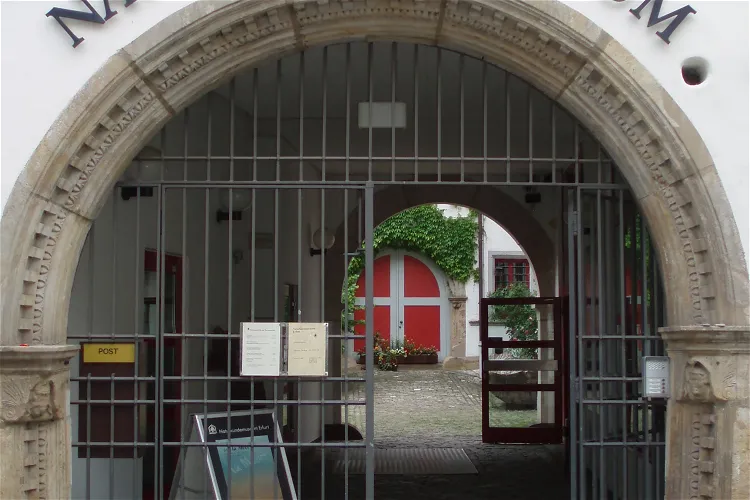
Natural History Museum of Erfurt
ErfurtThe Natural History Museum of Erfurt is conveniently located in the city center of Erfurt. It is housed in a building that was once a woad warehouse. This central location makes it easily accessible for tourists visiting the city. The building itself, a former warehouse, adds a unique historical charm to the museum experience.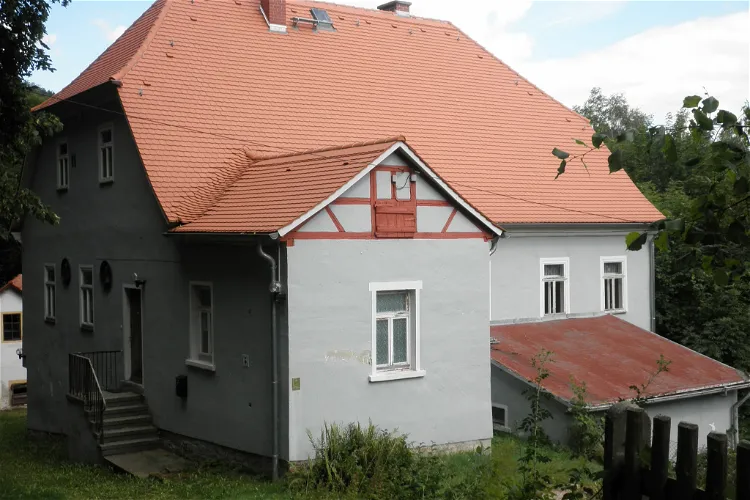
BREHMS WELT
UnterrenthendorfThe Museum "Brehm's World - Animals and Humans", formerly known as the Brehm Memorial, is located in Renthendorf, Thuringia, Germany. This memorial museum is dedicated to the two renowned naturalists, Christian Ludwig Brehm and Alfred Brehm. It offers a unique opportunity to delve into the lives and works of these two significant figures in the field of natural science.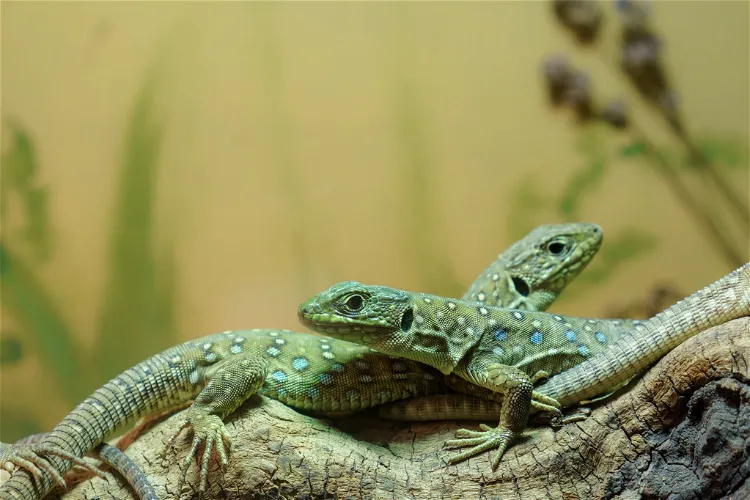
Exotarium Oberhof
OberhofThe Exotarium Oberhof, situated in the Thuringian city of Oberhof, is known to be the largest Aqua-Terra Zoo in Central Germany. This makes it a significant destination for tourists interested in exploring a diverse range of aquatic and terrestrial species in one place.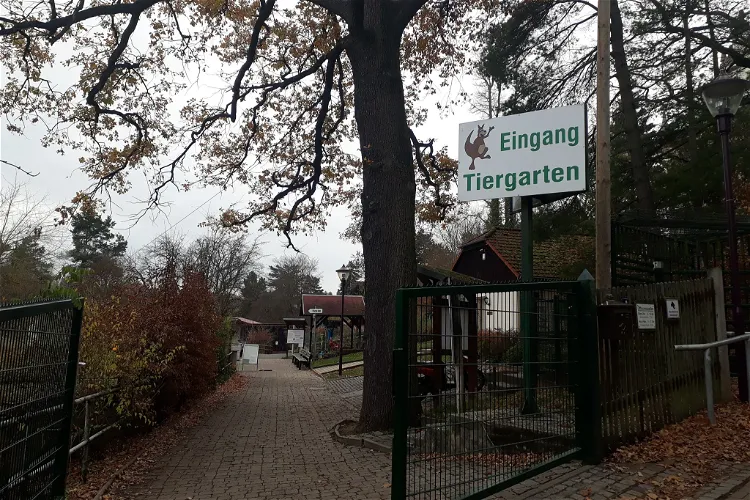
Tiergarten Eisenberg
EisenbergThe Tiergarten Eisenberg is a zoo located in Eisenberg, Thuringia. It covers an area of 2.5 hectares and is home to approximately 720 animals of 44 different species. The zoo showcases small domestic breeds, wildlife from Australia and African mountain regions, as well as native forest dwellers.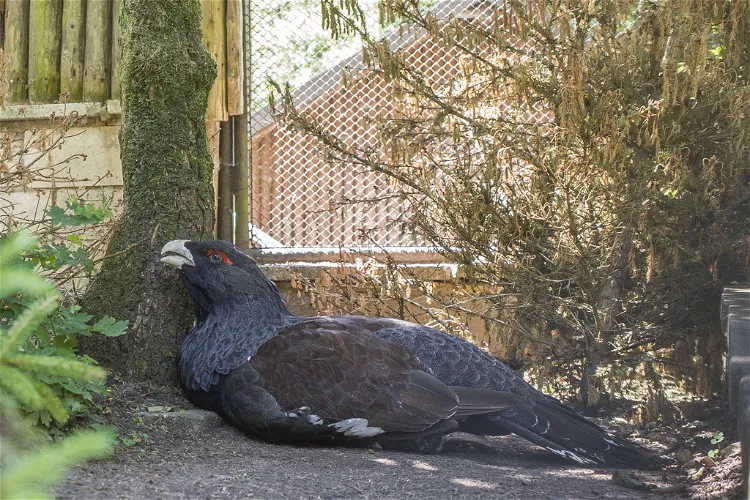
Suhl Zoo
SuhlSuhl Zoo, situated in the eastern part of the city of Suhl in the Thuringian Forest, is a unique destination for animal lovers. The zoo specializes in the keeping of endangered European wild and domestic animals, providing a safe haven for these species and an opportunity for visitors to learn about their conservation.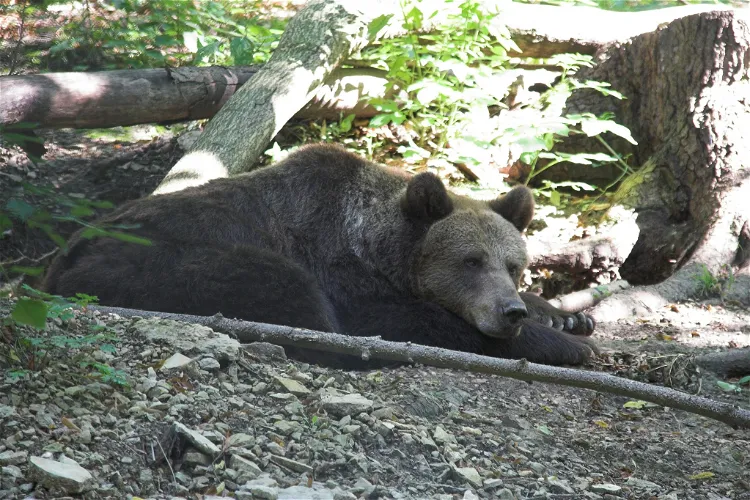
Alternativer Bärenpark Worbis
Leinefelde-WorbisThe Alternative Bärenpark Worbis is a free-range facility located on the outskirts of Leinefelde-Worbis in Thuringia's Eichsfeld. The park is home to bears, wolves, and various other animal species. It was established in 1996 by the initiative of the 'Aktion Bärenhilfswerk' on the site of the former municipal zoo.
Thüringer Zoopark Erfurt
ErfurtThe Thüringer Zoopark Erfurt, located in the north of the city on the Roter Berg, is the largest zoological garden in Thuringia. From this location, visitors can enjoy views of newer parts of Erfurt, a city with a history spanning over 1250 years.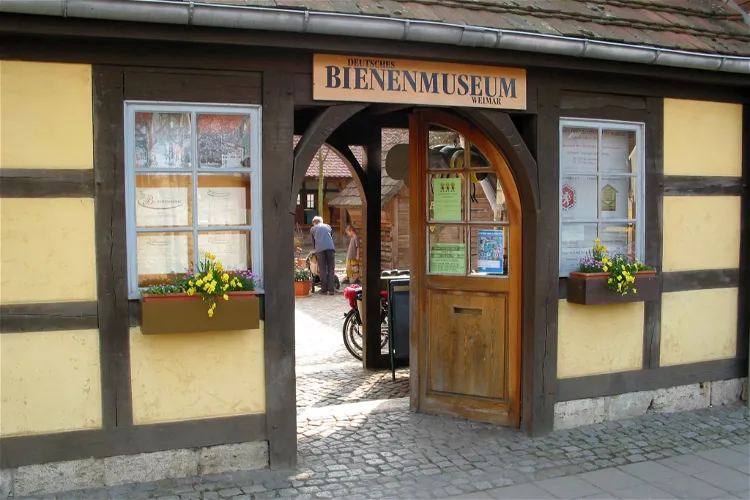
German Bee Museum Weimar
WeimarThe German Bee Museum Weimar, founded in 1907 by Ferdinand Gerstung, offers a deep dive into the world of beekeeping. Gerstung, also known as the 'Bee Father', established the museum to educate and inform about the various aspects of beekeeping. The museum's rich history adds to its charm and appeal for visitors.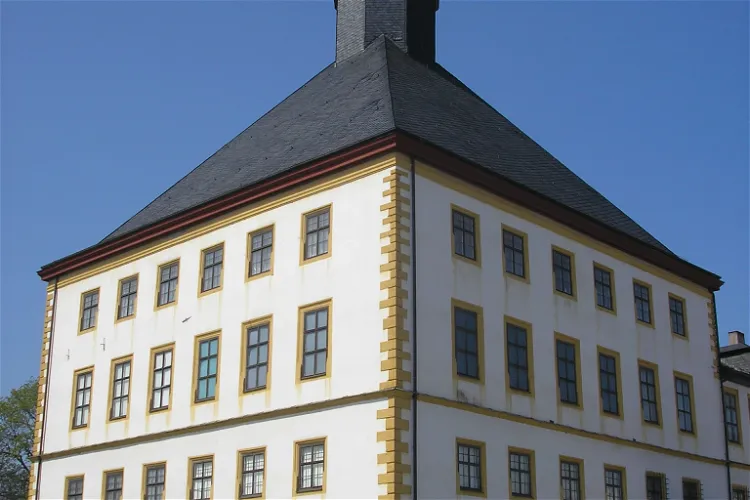
Museum der Natur Gotha
GothaThe Museum der Natur Gotha, located in the city of Gotha, is one of the four museums under the Stiftung Schloss Friedenstein Gotha. It is home to a wide range of geological, paleontological, and zoological collections. These collections have a rich history, with some dating back to the 17th century. The museum provides a unique opportunity for visitors to explore the natural history of the region and beyond.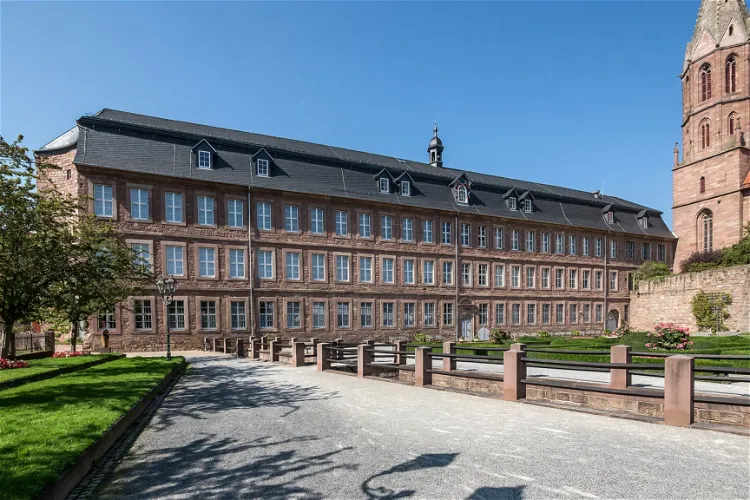
Eichsfeldmuseum
Heilbad HeiligenstadtThe Eichsfeldmuseum, previously known as the Eichsfelder Heimatmuseum, is a cultural and historical museum situated in Heilbad Heiligenstadt in the Eichsfeld district of Thuringia. The museum is located in a Baroque building dating back to 1740, which was once a Jesuit college established by Archbishop Daniel Brendel von Homburg. This historical setting adds a unique charm to the museum, making it a fascinating destination for those interested in history and architecture.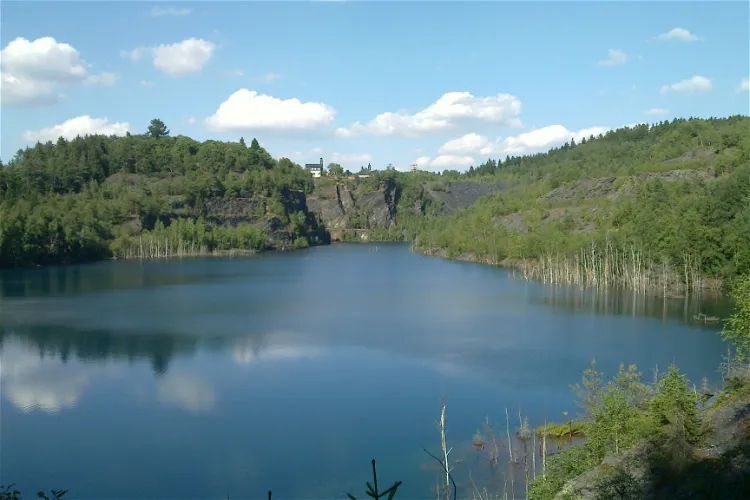
Schieferpark Lehesten
LehestenThe Thuringian Slate Park Lehesten, located in the mountain and slate town of Lehesten in the Thuringian district of Saalfeld-Rudolstadt, is a historical slate open-cast mine. Today, it stands as a technical monument, showcasing its unique functional buildings that have been preserved over the years.